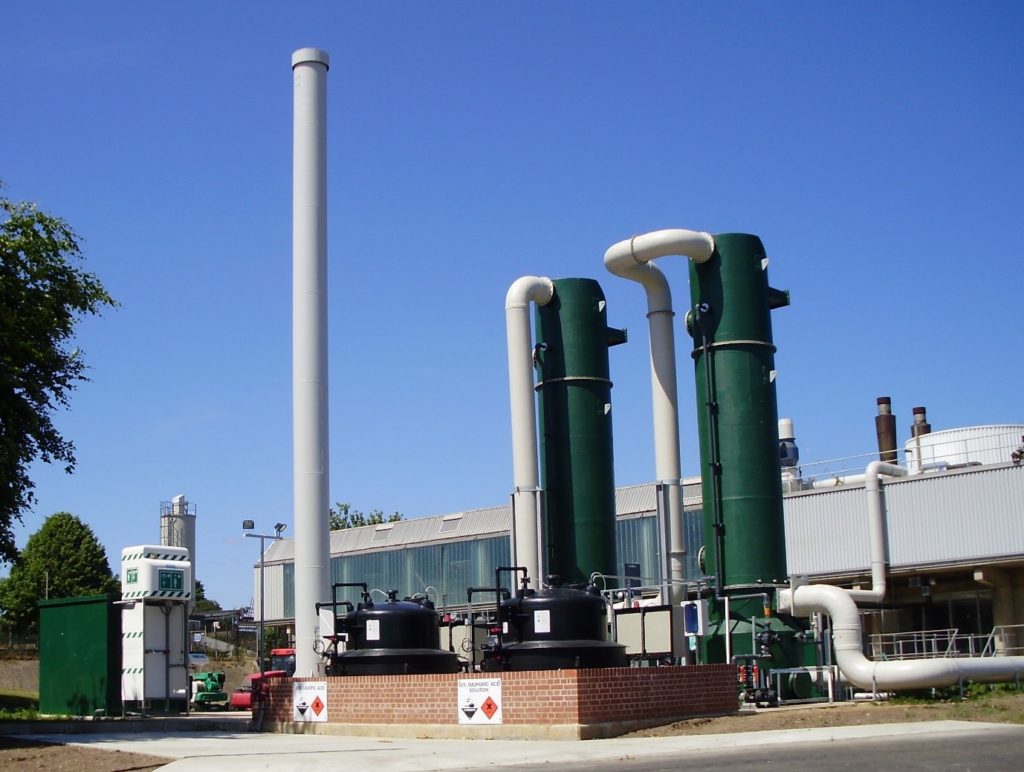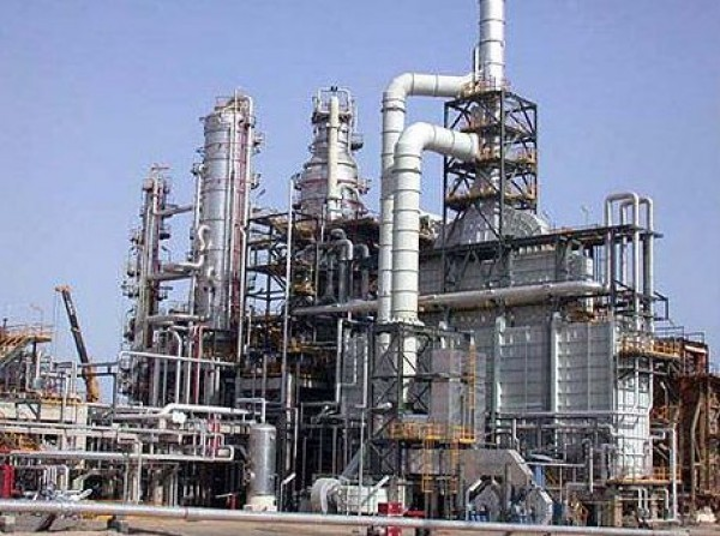Refineries have their work cut out to control odours and reduce noxious, unpleasant emissions, but with good strategy and advice from experts, it’s possible to abate odours while minimising waste and energy usage.
The following odour management guidance for refineries provides an introduction to odour management. For personalised advice, please contact us.
Legislation
In the United Kingdom, the following legislation applies to odour control:
- Environmental Protection Act, (EPA)
- Town & Country Planning Act, (TCPA)
- Environmental Permitting Regulations, (EPR)
- Industrial Emissions Directive, (IED)
Before embarking on any odour control investment and upgrades, you must review the legislation that places obligations on your refinery.
It’s important to note that while existing regulatory frameworks for controlling and managing odour issues exist, they are not specific to refineries.
Odour Management Strategy
An Odour Management Strategy (OMS) will define your refinery’s direction and goals for odour control. It will describe what you want to achieve, for whom, and what you need to do to achieve those goals with a division of responsibilities.
Your odour management strategy should consult several experts, including an odour control specialist, to determine what is achievable.
Odour Management Plan
An Odour Management Plan (OMS) is created from the odour management strategy. It will outline the procedures for reducing odours and the impacts associated with emissions from sources, so they can be mitigated effectively.
An odour management plant has four core parts:
- Plan – Identify odour sources and potential new sources of odour and detail prevention, control and mitigation strategies. Plan training for staff, plan preventative maintenance and detail odour complaint response protocols.
- Do – Identity the prevention, control and mitigation strategies that need to be implemented, put in place training, establish odour complaint response protocols and implement administrative controls.
- Check – When everything is running, verify that the measures you planned and put in place are effective. Monitor odours and inspection protocols and keep records.
- Act – Review and revise your odour management plan as needed to ensure your refinery continues to deal with odours effectively.
Measuring odours
To deal with odours effectively, refineries must understand the odours they produce to empower their odour management policy.
An odour impact assessment should be performed to measure odour levels and create a clear picture of the odours produced.
Odour impact assessments can use various quantitative and semi-quantitative techniques, including sniff surveys, sensor and data loggers, chemical concentration measurement and olfactometry with results measured in a lab.
Olfactometry analysis is used to quantify the concentration of odours with an odour number that determines the
strength of the odour.
Odour control systems

Odour control systems in refineries include:
- Biofiltration: Applications include gas flaring systems, bitumen production, septic water areas. Removes organic contaminants effectively, with no effluent waste and no secondary air pollution.
- Wet scrubbing: Applications include alkylation, bitumen production, storage (facilities) and loading. Removes soluble compounds like SO2, ammonia, H2S and VOCs with high efficacy.
- Passive filters: Applications include oil and chemical storage tanks and tube vents that vent odorous gases. Filters H2S and VOCs. Impregnated carbon media can filter NH3, boosting potential chemical applications.
Find out more
If your refinery is looking into odour control solutions, contact us today for a chat about how we can help you meet your goals.



